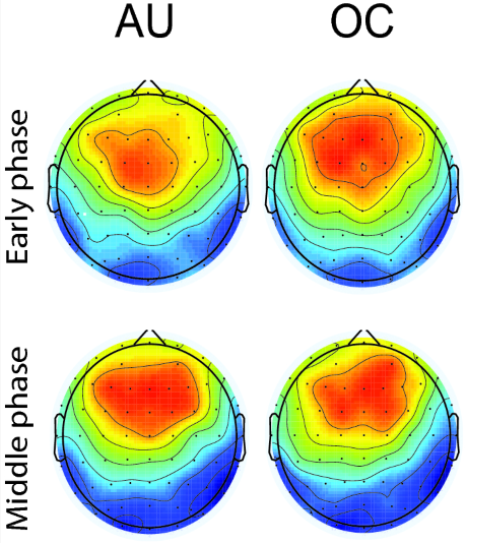Paper
https://link.springer.com/chapter/10.1007/978-3-030-05587-5_28
Please cite as
@InProceedings{10.1007/978-3-030-05587-5_28,
author="Bose, Rohit and Ashutosh, Kumar and Li, Junhua and Dragomir, Andrei and Thakor, Nitish and Bezerianos, Anastasios",
editor="Wang, Shouyi and Yamamoto, Vicky and Su, Jianzhong and Yang, Yang and Jones, Erick and Iasemidis, Leon and Mitchell, Tom",
title="A Multilayer Network Approach for Studying Creative Ideation from EEG",
booktitle="Brain Informatics",
year="2018",
publisher="Springer International Publishing",
address="Cham",
pages="294--303",
isbn="978-3-030-05587-5"}
Introduction
This work was done as part of my internship under Prof. Nitish Thakor at National University of Singapore (NUS) during Summer’18. Brain connectivity is a fairly involved task that researchers are keep to understand. This task is fairly complicated due to unavialability of much understanding of brain electrical signal. We, however, know some of the features of brain signal and those can be used to establish some correlation between the task at hand and the response from brain signals. In this work, we established a correlation between brain networks and creative thinking by people.
Experiment/Data Collection
To collect the data, volunteers were shown a word on the screen. They had two tasks - first to speak a use of the object written on the screen and the second task was to think of a creative way in which the same object can be used. For example, if brick is written on the screen, the subject needs to say that brick is used to build homes. For alternate usage (AU) example, they can say, for example, that brick can be used to stop vehicles from moving on its own and can be used as a stopper. These tasks were given with adequate rest and their EEG signals were continuously aquired.
Data Analysis
After obtaining data for both object characterisation (OC) tasks and alternate usage (AU) tasks we study the correlation between brain connectivity between differnt electrode readings of EEG. We found statistical significant differences between AU and OC tasks on various graph metrics which signalled towards on increased brain connectivity during creative ideation.
Conclusion
This work gives a positive step in understaning brain signals and establishing connectivity patterns between different part of the brain.

